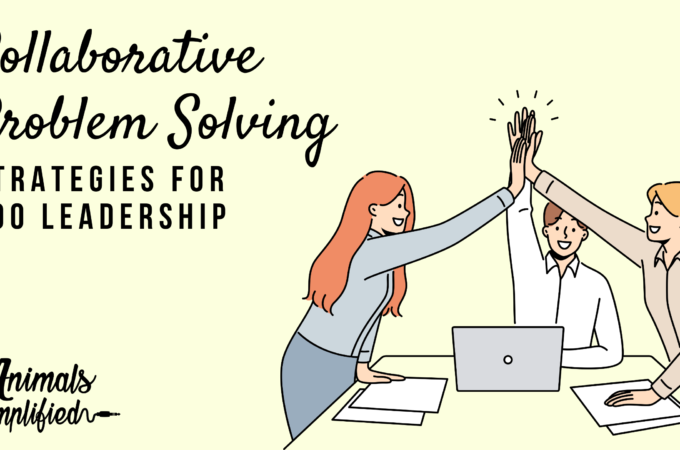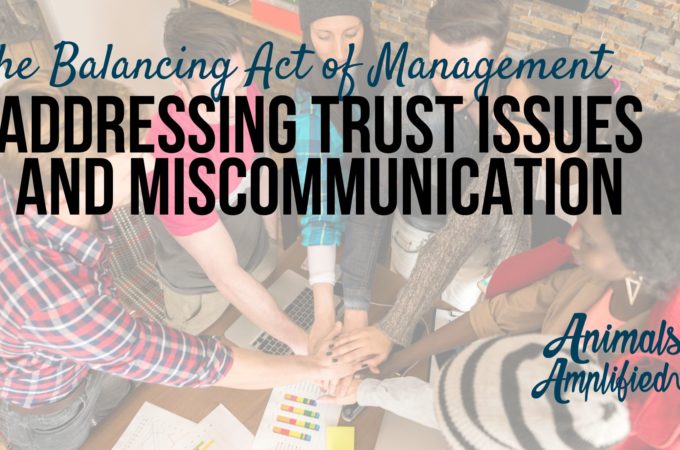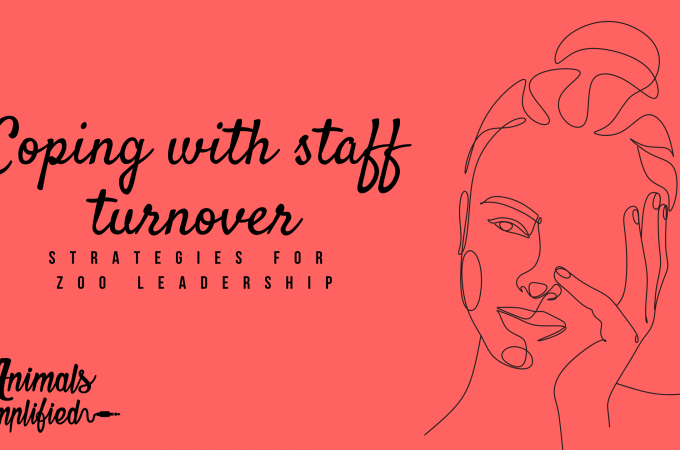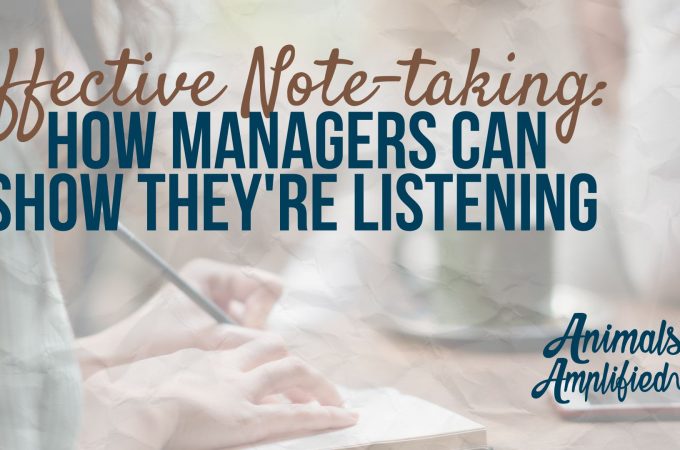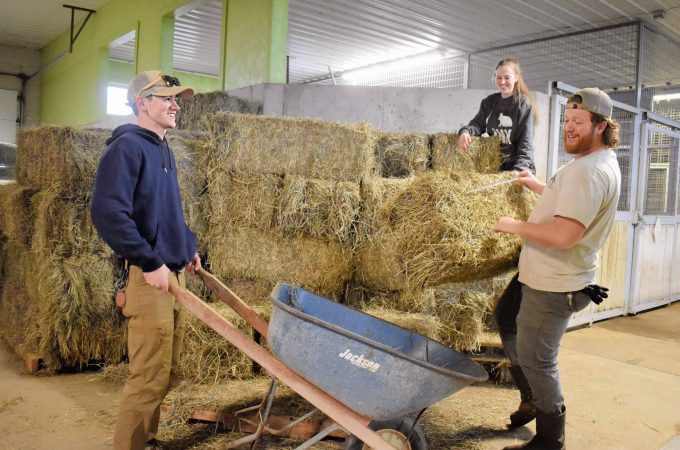
How to Apply Radical Candor at Work
Care personally and challenge directly is the meaning of radical candor. Part 2 of the book and part 2 of the blog are all about how to apply radical candor. If you haven’t already read through part 1 I shared my favorite takeaways there.
Relationships
Scott starts off by talking about building good relationships in the workplace by pointing out the importance of staying centered. This is her way of talking about self-care and I think one of the biggest missing pieces in the zoo industry’s leadership. As caretakers and givers, it’s not uncommon to find a leader who has given so freely to the industry that they no longer know how to take care of themselves.
A lot of this can be tied back to personality. I love talking about the Enneagram to help us understand each other. For example, Enneagram 2’s are known as the helpers, they get their self-worth from helping others and can often get too depleted if they forget to take care of themselves in all their giving. Enneagram 3’s are achievers and very goal oriented. Sometimes they get their self-worth from their accomplishments. Times of rest are hard because they don’t feel good when they aren’t accomplishing anything.
I loved the idea in this chapter to change up the promotion system by having employees create promotion packets. These are then reviewed by an entire group of people to make sure that no individual feels that they are at the mercy of one person.
In addition to this freedom at work, she includes the importance of socializing at work. Lastly is a long section on respecting boundaries, by building trust, mastering emotions, and more.
Guidance
The author discusses guidance from three perspectives: getting guidance, giving guidance, and encouraging guidance between peers. Her belief is that you have to start by soliciting guidance before you can truly give it out. In order to do this she gives some great tips. For zookeepers, I think the one we can take the most away from to apply is “Have a go to question”. This is a question you ask on a regular basis to get the best feedback.
“Is there anything I need to stop doing or do more of to be a better leader/co-worker?”
“What could I have done better?”
She talks in the book about how the praise in public and criticize in private rule doesn’t apply to leadership. Personaly I don’t think it should apply to animal trainers either. We can learn so much and be much more effective animal trainers if we pick our sessions apart together. How often do you solicit feedback after a training session?
In the Giving Guidance section she gives lots of tips very similar to Crucial Conversations. Be sure to state your intention like, “I would like to try and be helpful by sharing…” This is similar to the contrasting tool in Crucial Conversations. “I’m not trying to start an argument but I do have a different perspective on this that I would like to share.”
She emphasizes the importance of immediate feedback and how it should be concise Often when keepers want to address something they like to wait until the perfect time and then they go deep in to a long conversation. A simple “I’d like to share something with you.” And then going in to the behavior, impact, tossback script keeps it short and sweet.
Team
All of the tips in the book encourage us to care personally and challenge directly and give us the tools to do so. Learning and practicing how to apply radical candor will improve your teamwork and culture. I love the practical advice and think it’s a great read of all of us animal people who are tying to be more like people people.

